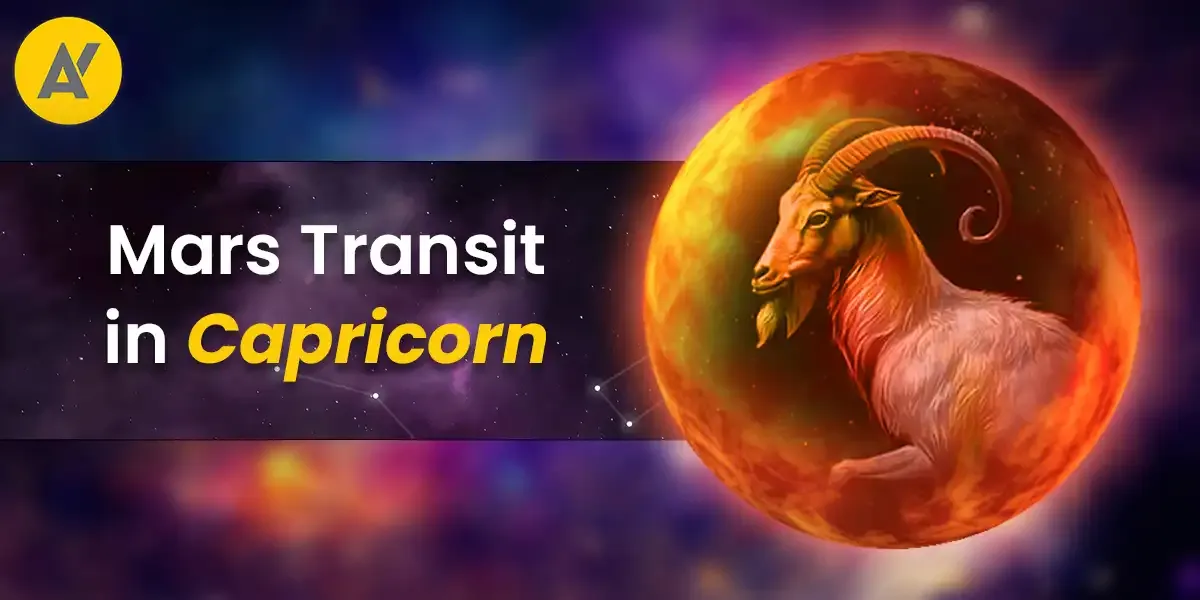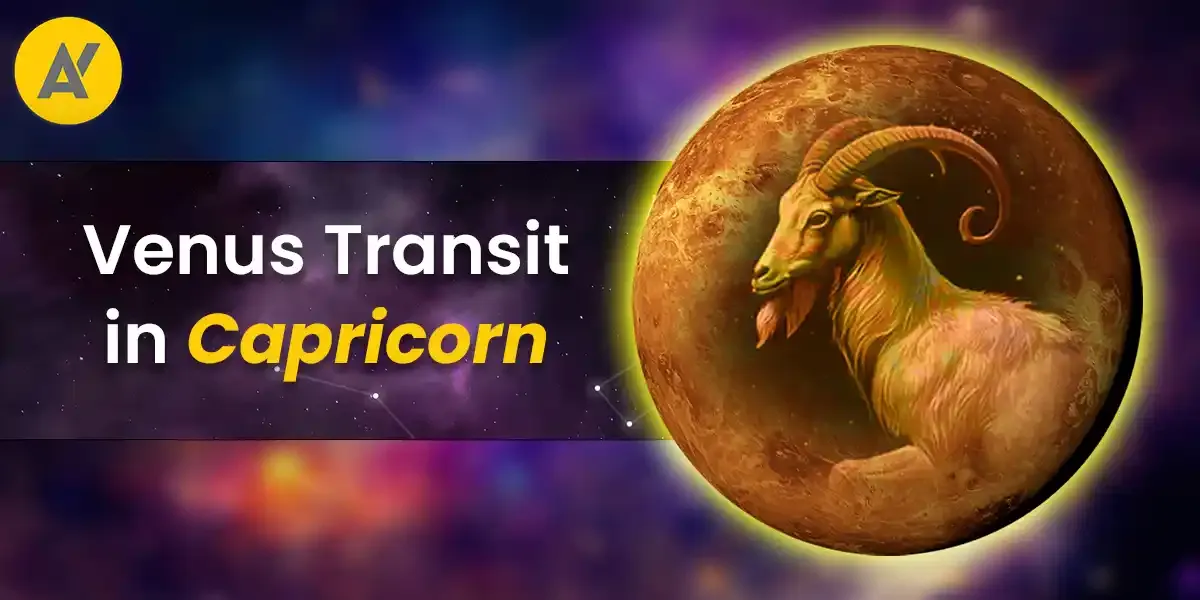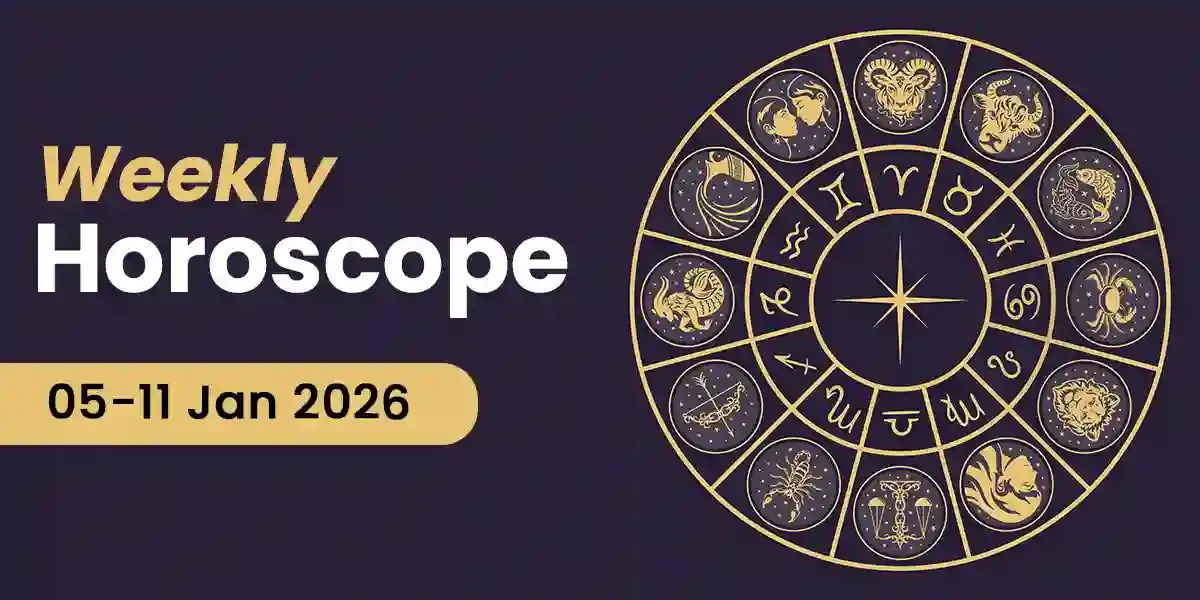Bihari Wedding
Bihar is located in the easetrn part of India and shares its borders with the
country Nepal, and states such as Uttar Pradesh, West Bengal and Jharkhand.
This state has a lot of cultural influence when it comes to weddings. However,
traditional weddings in Bihar are colorful, rustic, traditional, vibrant and
lengthy too. Both the families take part in various traditional ceremonies
that are truly Indian.
For your better understanding of the Bihari wedding it can be divided into 3
steps: Pre-wedding, Wedding day and Post wedding rituals. Let's take a deep
dive and understand it.
BIHARI PRE WEDDING RITUALS AND FUNCTIONS
Satya Narayan Katha - Bihari wedding starts with organizing the Satyanarayan Katha. The katha is organised by the parents of the bride. The pooja is elaborate and all the close friends, neighbors and relatives of the groom's side take part in it. The katha is narrated by the priest (Pandit ji) and a haven is lit. The haven remains lit for the whole duration of the marriage.
Cheka - This ceremony is the engagement that takes place at the bride's premises. The groom's parents along with him visit the bride's place to exchange rings. They carry lots of shaguns like jewellery, clothes, dry fruits, and sweets with them on this visit. Once shagun is handed over, the groom and the bride exchange their rings. The next day, the bride's family along with her make a visit to the groom's house with shagun and rings. They exchange rings on this day and the ritual is best known as Cheka.
Haldi Kutai - The Haldi Ceremony takes place after the engagement. All the married women of the groom's side along with his mother make a paste of turmeric, and then send it to the bride's house. This haldi is then applied on the bride's body. While applying haldi, all the women sing folk and traditional songs of Bihar.
Tilak - The bride' brother makes a visit to the groom's place with a Tilak Thaal . This is done to show that the bride's family has accepted the alliance. The brother of the bride applies tilak on the groom's forehead, after which he gives shagun (gifts) like jewellery, clothes, sweets to the groom to celebrate the alliance. He also gives him the haldi paste and groom's marriage day clothes that he would wear on his wedding. The groom's parents present the bride with bridal clothes, Gold Nath (nose pin) and Maang Tikka (accessory for the forehead) for the bride and send off her brother after a grand dinner party.
Mandappachadan - This Bihari wedding ritual sees the setting - up of the mandap. For a Bihari wedding, mandap is set up with bamboo and decorated with banana trees and mango leaves.
Haldi Ritual - The groom's parents and relatives apply the paste made by the bride's mother, while the bride's friends and family apply haldi made by the groom's mother. All the married ladies present in the house take part in this ritual.
Dhritdhaari and Matripooja - The parents of both the sides take part in this ritual that is performed to seek blessings from the ancestors and the elders of the family. On this day, the parents of the bride and groom give money or clothes called Paunpooji to ask for forgiveness from the ancestors. Paunpooji is also given to the elders of the family.
Silpoha and Imli Ghutai - Silpoha ceremony is a rice grinding ritual that takes place as the sun comes out on the marriage day. The mother of the groom wraps the rice in a dupatta and then grinds it on a Silbatta.
Imli Ghutai keeps the evil eye or Buri Nazar away from him. During the Bihari wedding ritual, the groom's mama or maternal uncle gives him advice to refrain from common vices and habits. He also offers a betel nut to the groom. The groom then has to hold the nut between his teeth and the mother needs to eat the betel nut thereafter.
BIHARI WEDDING RITUALS
Paricchavan - On wedding day , the groom's mother performs pooja
aarti. The auspicious ritual is conducted before the Baratis and barat before leaving for the wedding. During Pooja aarti, the mother applies tilak on the groom's forehead and prays for a happy wedded life for the couple.
Baraat Prasthaan - In Baraat Prasthan, the groom alone with family and baratis leave for the wedding venue. The groom's car or buggi is decorated elaborately with flowers. The car with the groom along with his younger brother leaves first and is followed by the rest of his family, relatives and baratis. Once the Baraat reaches the venue, they are welcomed by the bride's parents along with family and close relatives with garlands.
Jaimalaand Galsedi - The exchange of garlands between the bride and the groom is known as jaimala, and it takes place at the mandapam. Once the garlands are exchanged, a very important ritual called Galsedi is conducted by the bride's mother and other married women. The married woman heats up the betel leaves in the lamp and burns it to the ashes. This ash is then put on the groom's face. Then, holy cow dung is thrown behind the groom. This is a defined sequence.
Kangnabandhana and Kanyadaan - In this ritual, the pujari ties holy thread on both the bride and the groom's right hand. This thread is made up of cotton thread, mango leaves, colourful rice, haldi and money. Barber is pre arranged to cut the toenails and fingernails of the couple at the mandap. After the ceremony, Kanyadaan is done where the bride's parents give her to the groom.
Bhaisur Nirakshan, Kuldevtaki puja and Pheras - In bhaisurnirakshan ritual, the bride is gifted sarees, jewelry and lehengas by her father-in-law and her husband's elder brother. The bride is gifted the ancestral family jewellery in this ceremony. After this, the couple prays to the ancestral deity or Kuldevta . After praying to kuldevta, pheras are done around the sacred fire. Roasted rice with husks is thrown into the fire.
Bihari Post Wedding Rituals
Kohwar Parikshan, Salami and Vidai - The couple takes an early bath the next morning and dresses up for the Kohwar Parikshan .In this ritual married ladies of the family check for blood spots on the bed sheet. The check is done to know whether the couple consummated their marriage.
In Salami ritual, the elders of the family give cash and gifts to the groom and then he leaves with his bride to his house. This is called Vidaai. The bride's brother escorts the couple to the beautifully decorated car and takes them home.
Swagat aarti, Mooh Dikhai and Chauthari - This is a very special moment for the bride. Swagat or welcome ritual is done to welcome the newly wedded couple at the groom's house. Pooja -Aarti is done and parents shower rice and flowers on the couple. A Kalash or copper vessel filled with the rice along with the plate of Alta and two cane baskets are placed at the entrance.
The bride pushes kalash with her right foot and then steps on the alta
plate. She then places her feet in the cane basket. In the mooh dikhai, the bride is given money or shagun, a pair of gold bangles and other gifts or shagun from her in-laws. After the Mooh Dikhai, Chauthari or Satyanarayan puja is performed to thank god for a successful wedding.
Chauka Chulai Ritual - In this ceremony the groom's mother hands over the keys of the household to the bride. This marks the handling of the responsibility to her by her mother in law. The bride is also asked to cook around five dishes. Once the meal is over, the elders shower the bride with loads of shagun and blessings.
Bihari wedding is considered to be one of the most colorful and elaborate weddings of the country. A number of rituals steeped in traditions and culture are performed during this period.


















